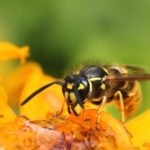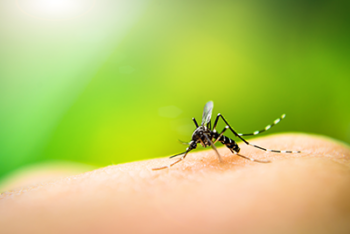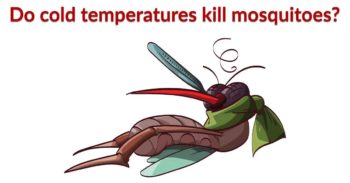
Mosquito season is in full swing this time of year. Where on people’s properties are mosquitos likely to breed? What can people do to reduce the amount of mosquitos?
Along with a number of interrelated issues, effective pest management programs must begin with a site inspection. The inspection is focused on two things; (1) accurate identification of the pest(s) and (2) identifying pest resources or how the environment is contributing to the pests’ survival?
With accurate identification of the pest, the behavior and biology of the pest should be apparent. For instance; what is the pests’ preferred food source? Where does the pest typically deposit eggs? What is the life cycle of the pest? Armed with this knowledge, the pest management professional begins to strategize a management protocol.
In terms of mosquitoes, the female typically needs a blood meal to produce viable eggs. The female mosquito deposits eggs in, on or near water. Part of the mosquitoes’ early life stages requires an aquatic component.
There are more than 2,500 different species of mosquitoes in the world, 150 of which occur in the U.S. and only small fraction of which actually transmit disease. Mosquitoes go through four stages in their life cycle – egg, larva, pupa, and adult. Eggs can be laid either one at a time or in rafts and float on the surface of the water.
Culex and Culiseta species stick their eggs together in rafts of 200 or more, which looks like a speck of soot floating on the water, about 1/4-inch long and 1/8-inch wide. Anopheles and Aedes species do not make rafts, but lay their eggs separately. Aedes lay their eggs on damp soil that will be flooded by water. Most eggs hatch into larvae within 48 hours.
Larvae live in the water and come to the surface to breathe. They feed on microorganisms and organic matter in the water. They molt four times, growing larger after each molting, and changing into pupae after the fourth molt when they are about 1/2-inch long. The pupal stage is a resting, non-feeding stage. This is when the mosquito turns into an adult. It takes about two days for the adult to fully develop, split the pupal skin and emerge. Adults rest on the surface of the water to allow their body parts to harden and wings to dry.
The complete life cycle can take as little as four days or as long as one month, depending on the temperature. Only adult female mosquitoes bite animals and require blood meals; males feed on the nectar of flowers.
So what then do mosquitoes need? Why are they finding your backyard so darn attractive? They need suitable aquatic breeding habitats in order to complete their life cycle i.e.; they need water.
Your first step in managing mosquitoes should be to remove any and all potential breeding areas – anyplace that water collects – from your yard. This will provide long-term control over mosquito populations and also controls populations before they mature and have a chance to reproduce, transfer disease, and annoy.
Mechanical (non-chemical) actions you can take to reduce mosquito populations in your yard and home.
- Maintain window screens and doors, closing all opened doors.
- Remove or regularly drain all water-retaining objects, such as tin cans, pet dishes, and buckets, holes in trees, clogged gutters and down spouts, old tires, birdbaths, trash can lids, and shallow fishless ponds.
- Stock permanent water pools, such as ornamental ponds, with mosquito larvae eating fish.
- Check for standing water in plastic or canvas tarps used to cover pool and boats.
- Arrange tarps to drain water and turn canoes and small boats upside down for storage.
- Fix dripping outside water faucets.
- Enhance the drainage of flood canals, irrigation ditches and fields; keep street gutters and catch basins free of debris and flowing properly; and enhance drainage or create permanent deep pools in marshes.
- Remove or treat sewage leaks and lagoons, which provide excellent breeding conditions for certain species.
Chemical control
When applied by properly trained, certified pest management professionals, these materials can further mitigate mosquito populations.
Conventional pesticides and organic / green pesticides are effective to varying degrees. For individuals who prefer conventional materials, it is recommended that a professional applicator be retained for the service. The same can be said for using green materials. A professional applicator has the knowledge and experience needed to properly provide the treatment(s).
Clearly, whether you use a conventional pesticide or an organic / green material, you MUST also use the mechanical protocols. The combination of non-chemical and chemical management techniques, typically result in a better outcome overall.
Michael Deutsch MS, BCE
Urban Entomologist
Arrow Exterminating Company, Inc.





